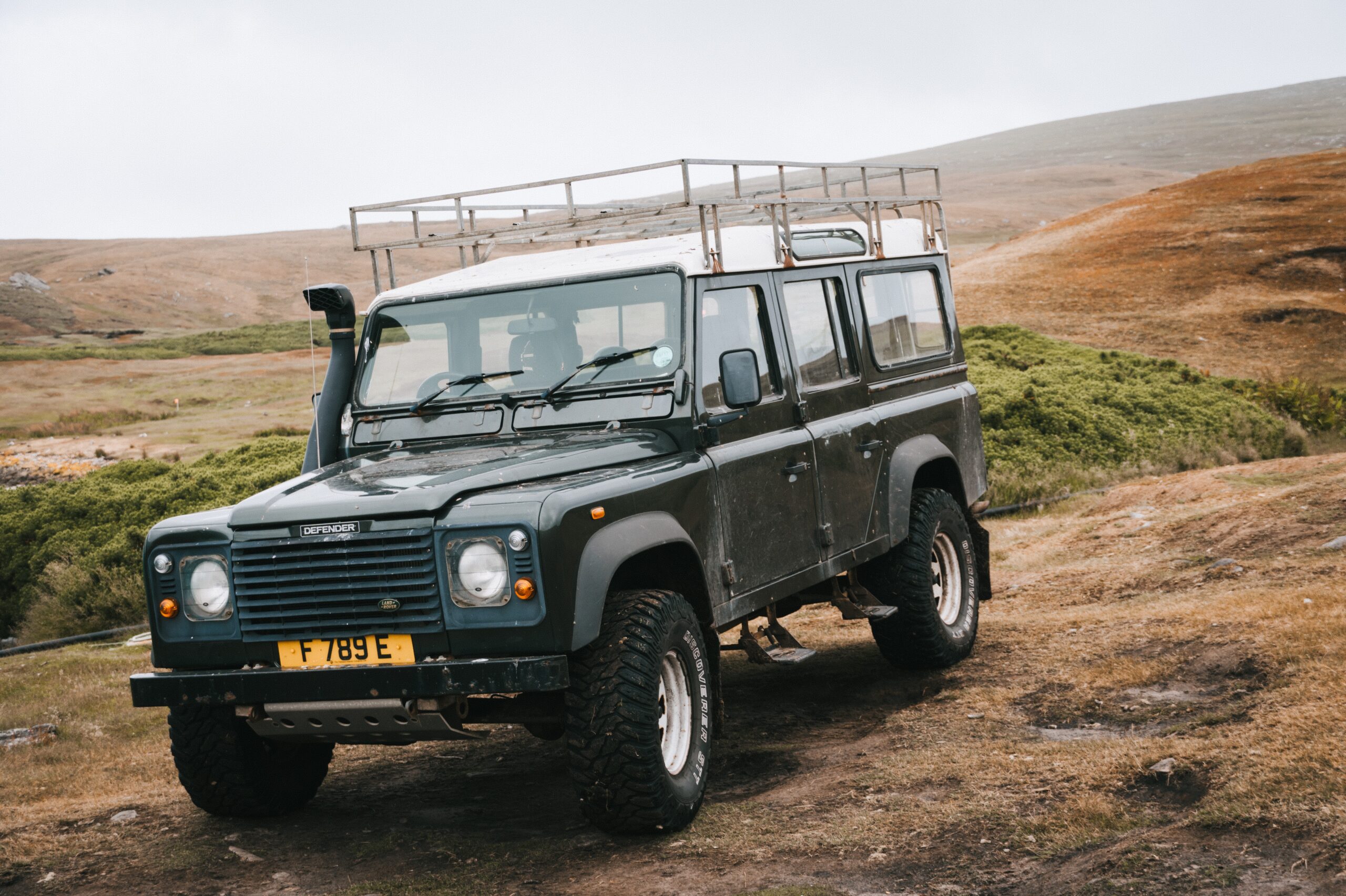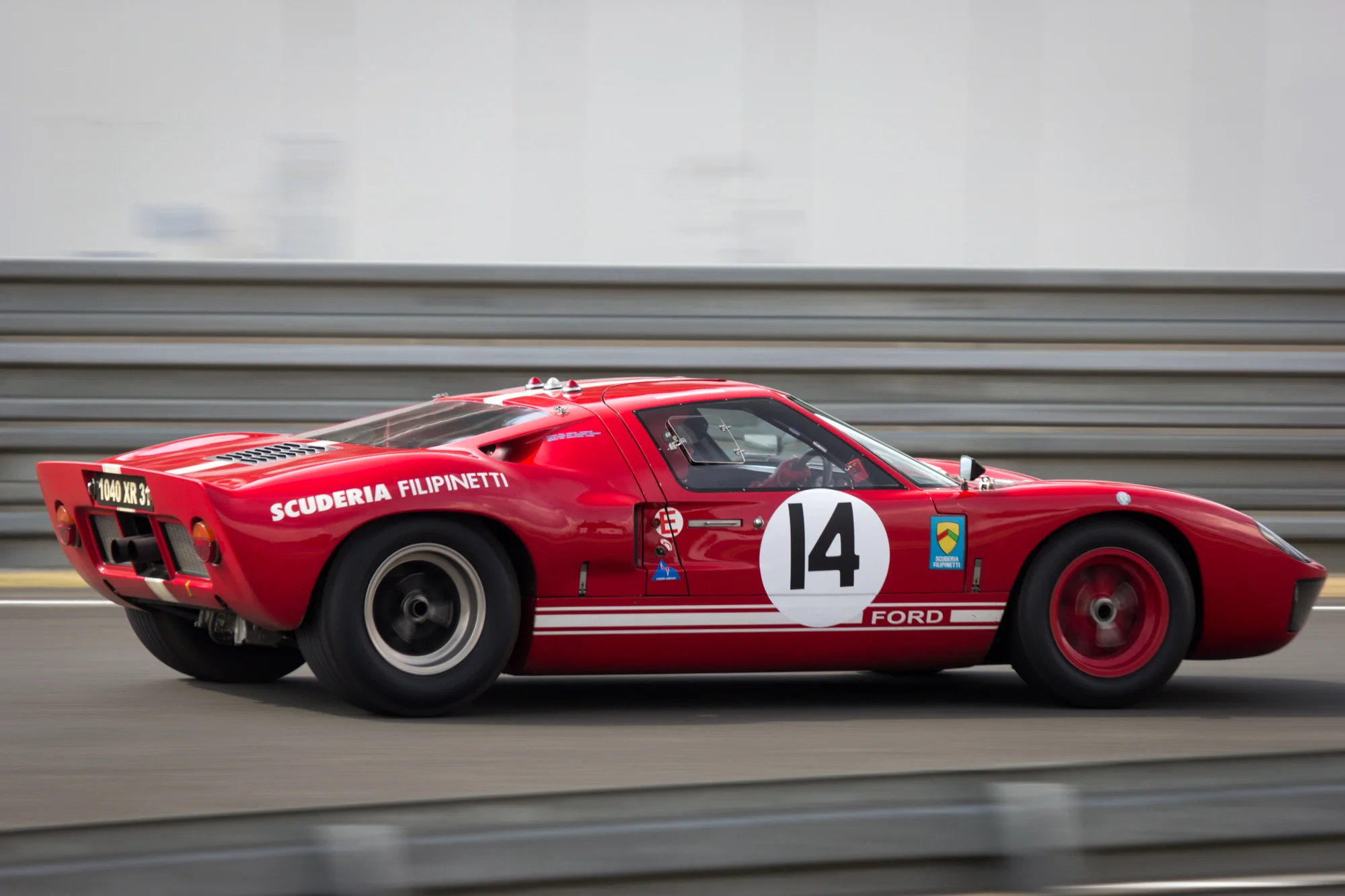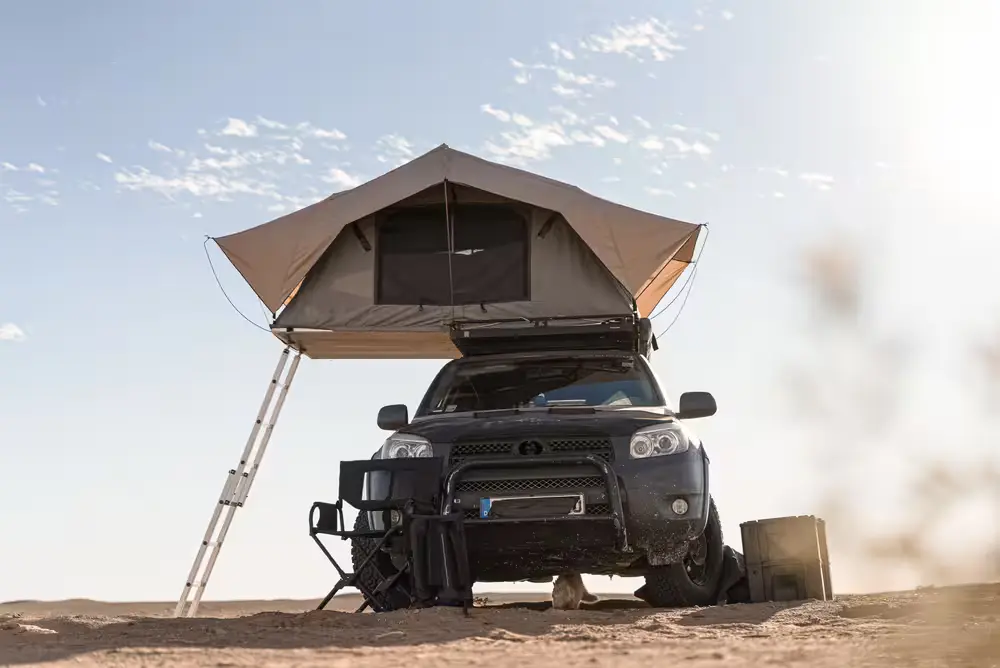Although today’s autos can boast an astounding amount of off-road capability with the help of modern engineering and technology, sometimes the classics are still the best. Nevermind the fact that, for enthusiasts, vintage 4×4 vehicles are sometimes significantly more affordable than new ones; there’s also something you have to appreciate about the aesthetics of vintage offroading rigs. With the help of the Reddit 4×4 community, we’ve compiled a selection of vintage offroading vehicles that range from the recent past to the earliest days of off road capability.
Mitsubishi Montero SR (Gen2)
The Mitsubishi Montero, known in some markets as the Pajero, Shogun, or Montero Sport, has a rich history as a robust and capable off-road vehicle. The second generation of the Mitsubishi Montero SR (Sport Rally) was introduced in the early 1990s and continued to be in production until around 2000. This generation was heralded for numerous advancements in its design, performance, and off-road capabilities. Mitsubishi enhanced the Montero’s off-road prowess by equipping it with innovative features such as an adjustable shock absorbing system and a more refined suspension, making it more resilient and adaptable to various off-road conditions. The SR model typically came with a potent V6 engine, giving it the necessary power to tackle challenging terrains.
The Mitsubishi Montero SR Gen 2 also became well-known for its participation in the prestigious Dakar Rally, a grueling off-road endurance race. Its successes in competitions like these bolstered its reputation as a durable and competent off-road vehicle, appealing to enthusiasts and adventurers who required a vehicle capable of traversing rugged, off-road terrains.
1996 Mitsubishi Jeep J55
The 1996 Mitsubishi Jeep J55 holds a distinct place in off-roading history, reflecting a unique collaboration between Mitsubishi and Jeep, bridging American design with Japanese manufacturing precision. Crafted under license from Willys (Jeep), the J55 was primarily produced for the Japanese market and became synonymous with rugged durability and off-road prowess. The vehicle carried the foundational design aesthetics and mechanical robustness that made the original Jeep a legend, fused with enhancements that Mitsubishi brought into its automotive creations. Powered typically by a robust diesel engine and equipped with a sturdy 4×4 system, the J55 was a compact, functional off-roader that thrived in challenging terrains and weather conditions. Its simplicity and mechanical reliability made it a favorite among off-road enthusiasts and professionals who required vehicles capable of navigating unforgiving terrains with ease and reliability. The 1996 Mitsubishi Jeep J55 is a remarkable emblem of historical automotive synergy and a tribute to the timeless off-roading utility and adventure spirit embodied by the classic Jeep models.
1975 VW Kombi
The 1975 VW Kombi 4×4, often referred to as the Syncro, is a manifestation of Volkswagen’s innovation in producing versatile and rugged vehicles. A symbol of the 1970s automotive engineering, this vehicle was much more than just a mode of transportation; it was designed as a multi-purpose vehicle, serving adventurers, campers, and off-road enthusiasts. Enhanced with a 4×4 drivetrain, the Kombi was endowed with increased traction and off-road capabilities, allowing it to navigate through challenging terrains, from muddy tracks to sandy dunes. Its robust build, combined with the enhanced drivetrain, allowed it to serve as an efficient off-roader, opening the vehicle up to a broader market of users who required a combination of functionality, space, and off-road performance. This particular model of the VW Kombi has thus secured its place in automotive history as a van that offered not only practicality and comfort but also a commendable off-road prowess, representing a blend of adventure and reliability in a single vehicle.
1967 Volkswagen Country Buggy
In 1967, Volkswagen introduced an extraordinary off-road vehicle to the Australian market: the VW Country Buggy. This peculiar creation emerged as a rugged, bare-bones vehicle, designed to endure the challenging terrains and harsh climates of Australia. The Country Buggy was built using a mix of components from existing VW models, like the Beetle and the Karmann Ghia, combined to create a vehicle that was both versatile and robust. Its simplistic design, featuring a rear-mounted engine and a sturdy, no-frills body, was well-suited for tackling off-road paths, from sandy beaches to rough outback trails. Despite its somewhat brief production period, the VW Country Buggy has left an indelible mark on the off-roading community, embodying the spirit of adventure and resilience in its fundamental design and functionality. Its legacy lives on among enthusiasts who celebrate the Country Buggy’s unique place in the history of off-road vehicles.
1986 Toyota Pickup
The 1986 Toyota Pickup is a venerable icon in the realm of off-roading, embodying a perfect blend of durability, reliability, and capability. This year model saw significant advancements, featuring enhanced engineering and design elements conducive to off-road excellence. It was equipped with a more powerful and efficient fuel-injected engine, coupled with a robust 4×4 system, enabling the pickup to traverse a multitude of challenging terrains with impressive tenacity. The compact yet sturdy design of the vehicle allowed for adept maneuverability through rugged paths, rocky trails, and muddy terrains. Off-road enthusiasts revered the 1986 Toyota Pickup for its straightforward, rugged appeal and mechanical reliability, allowing for modifications and customization to suit the adventurous spirits seeking to conquer the unbeaten paths. This legendary pickup didn’t just travel trails; it became a trailblazer in its own right, marking an unforgettable chapter in the heritage of off-road exploration.
4×4 Ford Model T
The notion of a 4×4 Ford Model T paints a captivating image of innovation in the early epochs of automotive history, although, in actuality, the Model T was not produced as a 4×4 by the Ford Motor Company. However, several enthusiasts and aftermarket innovators took it upon themselves to modify and equip the Model T with 4×4 capabilities, sensing the vehicle’s potential for enhanced off-road prowess. These customized Model Ts, retrofitted with the necessary mechanisms to empower all four wheels, were a rare yet remarkable presence in the off-roading scene of their time.
This curious convergence of early automotive simplicity with the rugged functionality of four-wheel drive gave these modified Model Ts a new lease of life beyond the conventional roads. The adventurous souls who embarked on this mechanical innovation found that their 4×4 Model Ts could navigate through more unforgiving terrains and challenging landscapes, tapping into a more utilitarian and exploratory essence of the automobile. Plus if you ever hit terrain you couldn’t drive over, you and a few friends could just lift it up and carry it down the path. These adaptations speak volumes of the early spirit of automotive adventure and experimentation, and the modified 4×4 Ford Model Ts stand as testaments to the enduring appeal of off-road exploration in the tapestry of automotive history.
1910s FWD Company Scout
In the rugged landscapes of early 20th-century automotive innovation, the FWD Company (Four Wheel Drive Auto Company) forged a monumental path with the introduction of vehicles like the 1910s FWD Company Scout. These pioneering machines were engineered with an emphasis on utility, durability, and off-road proficiency. As one of the first to integrate a revolutionary four-wheel-drive system, the Scout was at the forefront of a new era of vehicular capability. Primarily finding its place in military applications during WWI, the vehicle was lauded for its robust performance in the most challenging terrains, navigating through mud-soaked trenches, rocky paths, and arduous landscapes with unprecedented resilience. Its rugged construction, coupled with the innovative four-wheel-drive system, allowed it to transcend the limitations of conventional vehicles of its time, setting new standards in off-road mobility. The 1910s FWD Company Scout thus stands as a historic icon, embodying the adventurous spirit and mechanical ingenuity that has come to define the essence of off-road vehicles.
Notable Mentions
1980s and 1990s Toyota Models
- 1984-1989 Toyota 4Runner (First Generation): Known for its reliability and simplicity.
- 1990-1995 Toyota 4Runner (Second Generation): Offers a good balance of capability and comfort.
- 1984-1995 Toyota Pickup: Especially the 1986 model, revered for its durability and off-road prowess.
Jeep Models
- 1984-2001 Jeep Cherokee XJ: Widely available with interchangeable parts and a strong aftermarket support.
- 1993-1998 Jeep Grand Cherokee ZJ: Gaining popularity for its capability and affordability.
- 1999-2004 Jeep Grand Cherokee WJ: Offers more modern features while retaining off-road capability.
Other Notable Retro Rigs
- 1991-1997 Mitsubishi Montero SR (Second Generation): Praised for its advanced suspension and off-road performance.
- 1987-1995 Nissan Pathfinder (First Generation): A capable and often overlooked option.
- 1989-1998 Suzuki Sidekick/Geo Tracker: Compact and nimble, gaining a cult following.
- 1966-1977 Ford Bronco (First Generation): Classic design with strong aftermarket support.
- 1980-1996 Ford Bronco (Third and Fourth Generation): More modern amenities while retaining off-road capability.
Unique Rigs
- VW Country Buggy (1967): A rare and interesting choice for enthusiasts looking for something different.
- Isuzu Vehicross (1997-2001): Futuristic design with capable off-road performance.





